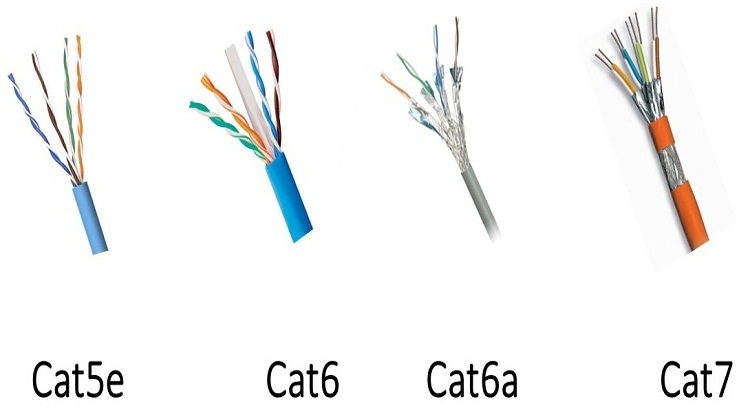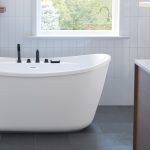If procuring a new Ethernet cable has led you to bewildering choices among various CAT cables available in today’s market, fret not. Every category offers distinct features with distinct advantages and few issues arising from their distinctive usage profile, making them appropriate according to custom application concerns.
The article introduces the categories and explains how they assist in discovering the best option for specific application prerequisites. It also improves usability parameters by presenting factors needed to make informed decisions.
(CM) Rated Stranded Cable
Are you looking to construct patch cables? If so, look no further than this type of cat6 cable. Generously crafted with copper-stranded wires and a CM rating, it supplies an ideal solution for general-purpose building wiring. Stranded cables provide more flexibility and less hassle in usage compared to solid wires, which can be more rigid. Perfectly fitting for short runs or temporary setups, you can confidently connect devices without concern.
(CMR) Riser-Rated Cable
Installing Ethernet cables inside walls requires carefully considering the correct cat6 cable type. Opting for CMR (riser-rated) cable ensures maximum safety as it can resist flames and toxic fumes, making it suitable for vertical placement in risers or between floors. Riser-rated cabling is recommended for longer-distance installations that must be adequately supported and secured.
(CMP) Plenum-Rated Cable
If you need to install Ethernet cables within environments with more airflow, selecting (CMP), plenum-rated cables would be your best option today. These specially designed wires effectively minimize smoke dispersal should an emergency unfold, making them ideal for use within ventilation systems or ductwork areas.
Because their exteriors consist entirely of flame-resistant materials built to withstand high-temperature exposure without producing harmful emissions or by-products, they are a robust and reliable choice for your networking needs.
(CMX) Outdoor Cable
If you need to connect Ethernet cables across your home or business premises through external areas, look no further than the CMX outdoor cable. This versatile cat6 cable has been prepped for rough conditions, including heavy rains, high winds, and sunlight exposure. It adapts effortlessly to installations surrounding buildings or structures by connecting any device with precision, a camera, a wireless access point, or any other range of operating equipment.
(LSZH) Low Smoke Zero Halogen Cable
If you require a cable that boasts low smoke and zero halogen emissions, then the (LSZH) low smoke zero halogen cable would be an impeccable option. This cat6 cable is ideal for settings with limited room to spare, such as data centers, telecom rooms, and other enclosed environments. Additionally, as it is comprised of stranded wire, it is more than appropriate to utilize it for building patch cables.
Breaking Down The Different Types of CAT6 Cables – In Conclusion
Choosing the suitable cat6 cable for an ethernet installation may seem intimidating at first glance; however, it remains crucial in deterministically obtaining superior device performance and extended service lifespan.
Environmental conditions and site placement are critical variables that require careful attention when deciding which cable type to use. In addition, keep in mind that each grouping offers particular distinct advantages towards achieving optimal network output.


